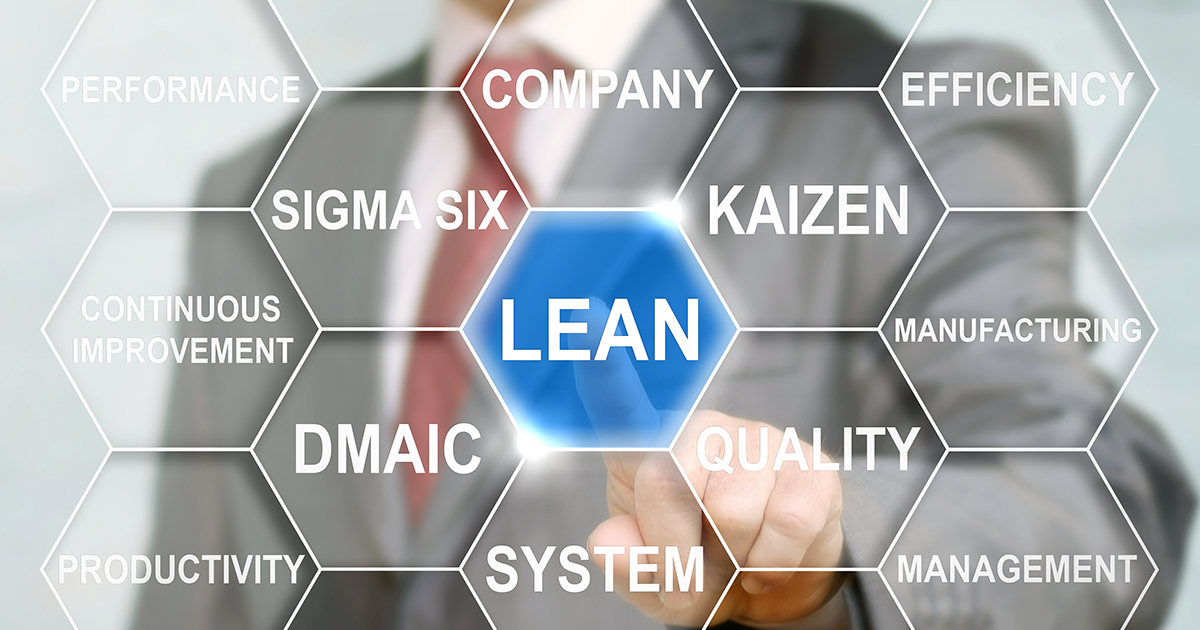Maximizing Efficiency: How Lean Planning Tools Can Reduce Waste in Construction
Learn how Lean planning tools allow project teams to streamline processes, reduce costs, and improve the overall quality of work.

As a general contractor, one of the most important aspects of your job is maximizing efficiency. You want to complete projects on time and on budget, while also delivering high-quality work. However, the construction industry is notorious for waste, which can eat away at your profits and hinder your success. That’s where Lean planning tools can help.
Lean planning tools allow project teams to streamline processes, reduce costs, and improve the overall quality of work. In this blog post, we’ll explore the benefits of Lean planning tools and how you can implement them in your construction projects.
Reduce Waste
The first and most obvious benefit of lean planning tools is that they can help reduce waste. Construction projects are often rife with waste, from excess materials to inefficient workflows. By using lean planning tools, construction project teams can identify areas where waste is occurring and take steps to eliminate it. This can save money on materials and labor, while also reducing the environmental impact.
Improve Communication
Communication is key in any construction project, but it can be challenging when multiple teams are working on different tasks. Lean planning tools can improve communication by creating a centralized platform where everyone can access project information in real-time. This can reduce the risk of miscommunication, delays, and rework.
Streamline Processes
Another core benefit of lean planning tools is that they streamline construction processes. By analyzing workflows and identifying areas where the project team can eliminate unnecessary steps or automate tasks, the time and effort required to complete each task can be reduced. This increases productivity and helps the construction team finish projects ahead of schedule.
Enhance Collaboration
Collaboration is essential in construction, but it can be difficult when multiple teams are working on different aspects of a project. Lean planning tools enhance collaboration by providing a platform for teams to share information, coordinate tasks, and work together more effectively. This can reduce the risk of delays, budget slippages, and more time spent in planning meetings.
Improve Quality
By reducing waste, improving communication, streamlining processes, and enhancing collaboration, Lean planning tools improve the overall quality of construction projects. This can lead to greater customer satisfaction, increased referrals, and a stronger reputation in the industry.
Increase Profitability
Finally, by reducing waste, improving efficiency, and delivering high-quality work, Lean planning tools can increase profitability. Projects are completed quicker, which reduces the cost of materials and labor, and improves contractor’s reputation, which can all contribute to a better bottom line.
In conclusion, Lean planning tools are essential for general contractors who want to maximize efficiency and reduce waste in construction projects. They improve communication, streamlines processes, enhances collaboration, and delivers high-quality work, all while increasing profitability. Contractors that are not already utilizing Lean Planning tools like Touchplan, check out a walk-through of the platform and get started today.
